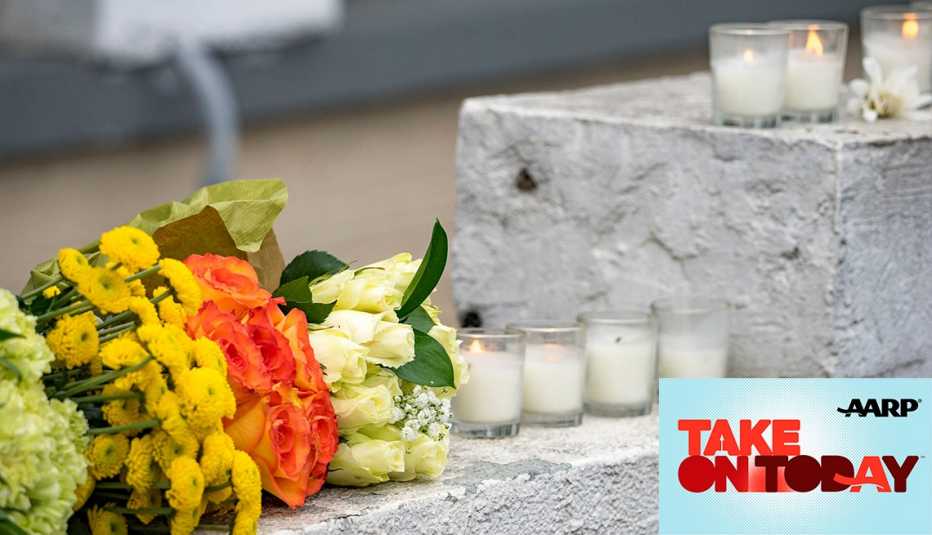AARP Hearing Center
Saroj and Shantilal Topiwala are like many aging South Asian parents who have made a home in the United States.
Both in their 70s, the couple settled with their adult son and his family in a Chicago suburb. During the day, when their son and daughter-in-law left for work and their grandchildren headed to school, the Topiwalas were on their own without much to do. They couldn’t wander down a street in their native India and chat with a neighbor or shopkeeper.
Instead they spent most of their days sitting on the couch. “It was a boring life at home,” says Saroj, 71. “I wasn’t happy.”
That’s a familiar story to Roshita Pandey, grants manager at Universal Metro Asian Services (UMAS), a nonprofit organization that operates six adult daycare centers throughout the Chicago area.
“In India, you’re on the street and see 10 people, and you stand on the street and talk to them for half an hour, one hour and your social needs are met,” says Pandey, also grants manager for UMAS’ sister organization, Metropolitan Asian Family Services. “You can’t do that here. It's a very different setup, different protocols, different social norms here that you need to follow. So it adds to their isolation.”
UMAS is among a wave of organizations across the country that address the needs of aging members of the increasing Asian American and Pacific Islander (AAPI) population in America. These organizations often offer services in someone’s native language — like Korean, Hindi or Japanese — as well as food or music that evoke the dishes and sounds of childhood in their native country.
The Topiwalas learned about UMAS from a relative, and for the past 11 years a van emblazoned with the orange, green and white colors of the Indian flag transport Saroj and her husband to the center multiple times a week. There they take computer and yoga classes, play memory games, practice English and sing Bollywood songs.
On a recent Wednesday Saroj was in a large room with dozens of other older adults clapping her hands as a performer sang in Hindi. A silver shrine to Krishna stands in the corner. She had just shared a lunch of bhindi masala and basmati rice while chatting in Hindi and Gujarati with her friends. “I come here,” Saroj says, “and I have a new life.”
Santosh Kumar says she founded UMAS in 1992 to help South Asian older adults like the Topiwalas because “there was so much suffering here after traveling 10,000 miles from their country. The [aging] parents are completely lost because there is nobody for them — no support system.”






































































